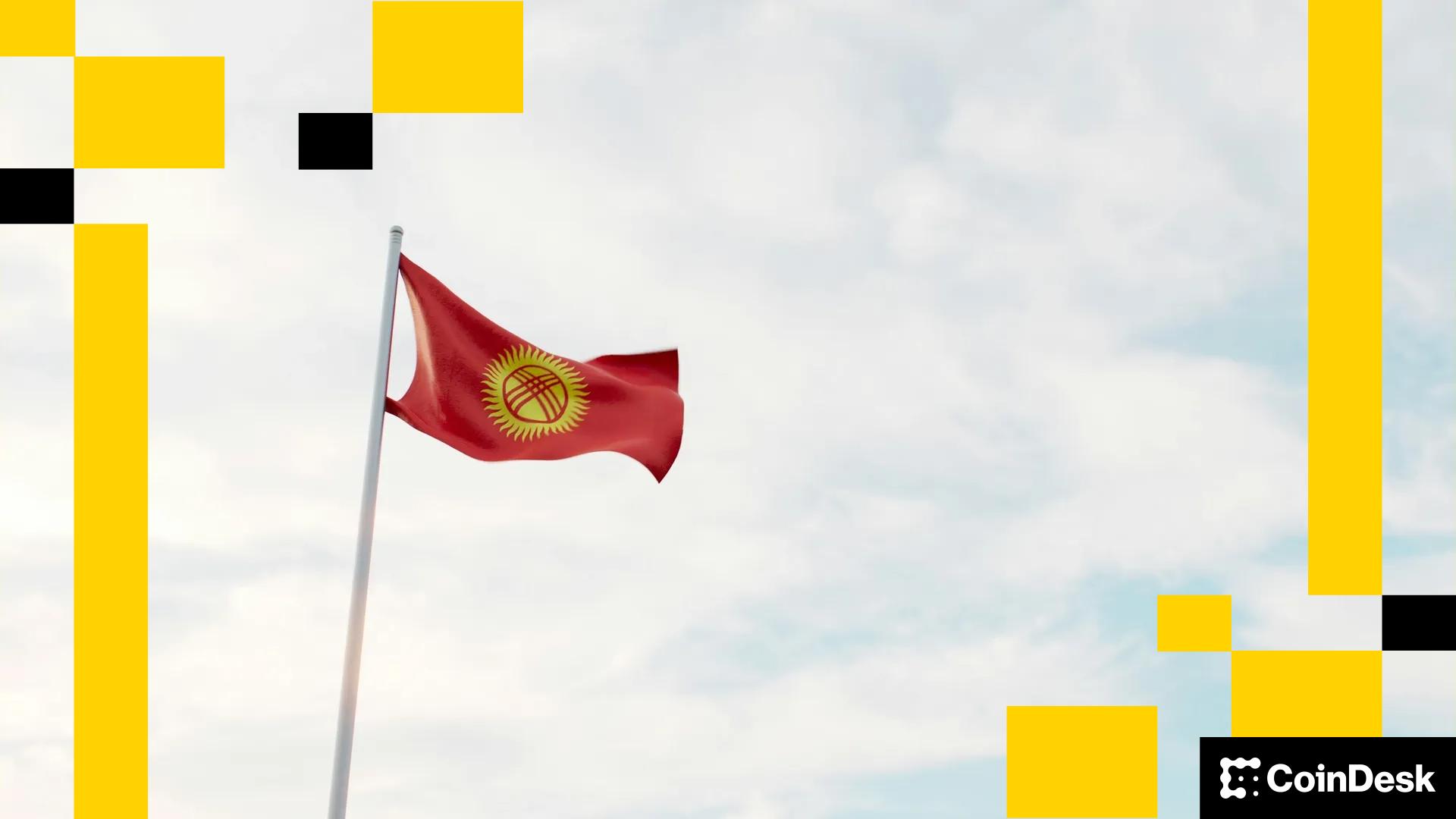If stablecoins are the future of payments, Tron Inc., not Circle, might be how investors get exposure to these new financial rails – especially in emerging markets.
Jun 17, 2025, 1:55 a.m.
Good Morning, Asia. Here's what's making news in the markets:
Welcome to Asia Morning Briefing, a daily summary of top stories during U.S. hours and an overview of market moves and analysis. For a detailed overview of U.S. markets, see CoinDesk's Crypto Daybook Americas.
Analysis
As Asia begins its trading day, Tron DAO's TRX token is trading flat, up 1%.
Crypto traders don't seem to be making much out of a recent announcement that Tron – for all intents and purposes – is 'going public' on the NASDAQ via a reverse merger with SRM Entertainment, a lightly traded Nasdaq-listed toy company that is now rebranding as “Tron Inc.” complete with a TRX treasury strategy.
While a blockchain going public might be a little different than what traditional investors are used to, in theory, this might be a stablecoin infrastructure play.
The proposed public vehicle would give equity traders access to a network that is home to 30% of all stablecoin transactions (according to DeFi Llama data) occur, and where half of all USDT in circulation live.
In contrast, while Circle is a regulated issuer of USDC, a fiat-backed stablecoin, Tron Inc. would likely provide investors with indirect exposure to a blockchain network that facilitates a significant portion of global stablecoin activity in both the crypto market and the fast-growing global south, where the population is skeptical of the existing banking system.
Unlike Circle, which does not control the infrastructure on which USDC circulates, Tron operates the network itself.
This is where the two business models differ: Tron captures transaction fees and on-chain activity directly, whereas Circle’s business model is centered on custody, compliance, and interest income on the reserves backing USDC.
On-chain data shows that the Tron network hosts massive whale activities, with a recent note from CryptoQuant pointing out that 59% of May’s USDT volume on Tron came from transactions over $1 million.
Tron is also the network of choice for countries where the local populace doesn't trust the existing banking system, from Lebanon to Argentina and Brazil.
As CoinDesk reported earlier, users in these emerging and underbanked markets typically equite dollar access directly with using Tether on Tron, rather than thinking in terms of stablecoins or blockchain protocols more broadly.
While the market reaction has been muted, investors with experience in fintech or infrastructure plays may recognize the pattern.
Visa’s IPO in 2008, following MasterCard’s debut in 2006, allowed public markets to gain exposure to the payment rails of the developed world. The health of the western consumer and their desire to spend pushed fees through the respective networks and dividends into investors' pockets.
In China, UnionPay never went public, and so equity investors have pinned their hopes on Ant Group’s long-awaited IPO to access Alipay’s rails just as Tencent's listing gave exposure to WeChat Pay.
While some once speculated that virtual yuan infrastructure might power commerce in the global south, that thesis has not materialized.
Instead, commerce in underbanked regions is increasingly conducted in stablecoins and largely over Tron’s infrastructure.
If that trend holds, Tron Inc. may become the most direct public-market proxy for the payment rails of emerging markets.

Hong Kong’s First Solana Public Equity Listing Facilitated by OSL
OSL has facilitated what appears to be the first Solana (SOL) treasury allocation by a Hong Kong-listed company, enabling MemeStrategy (2440.HK), a digital asset venture backed by 9GAG, to purchase 2,440 SOL through its platform.
The acquisition of 2,440 SOL, worth approximately $370,000, was completed using OSL’s institutional platform, which provided execution, settlement, and custody services.
$1.9B Inflows Cement Crypto as 2025’s Risk-On Favorite: CoinShares
Digital asset investment products pulled in $1.9 billion last week, marking the ninth straight week of inflows, according to a recent report from CoinShares. That brings 2025’s year-to-date total to a record $13.2 billion, suggesting institutional appetite for crypto remains strong despite geopolitical volatility.
While broader markets showed caution, capital rotated into both digital assets and gold, traditionally seen as uncorrelated safe havens, hinting at crypto’s evolving role as part of a macro hedge strategy.
Bitcoin led the charge with $1.3 billion in inflows, snapping a two-week stretch of minor outflows. Ethereum followed with $583 million, the highest weekly total since February, and including its strongest single-day inflow this year. Together, the top two crypto assets accounted for over 95% of weekly inflows. But activity wasn’t limited to the majors: XRP reversed three weeks of outflows with $11.8 million in new capital, and Sui continued its hot streak with $3.5 million in inflows, a sign that select altcoins are gaining traction among professional allocators.
Regionally, the United States was responsible for virtually all inflows, while Hong Kong and Brazil posted net outflows of $56.8 million and $8.5 million, respectively. These regional divergences underscore the uneven pace of crypto adoption globally, despite total flows reaching historic highs.
Market Movements:
- BTC: Bitcoin surged past $108,000 with a 3.6% daily gain, showing strong resilience amid Middle East tensions as low exchange reserves and high volume pushed prices toward a key resistance level.
- ETH: Ethereum jumped nearly 7% to $2,671 as whales accumulated $3.8 billion worth of ETH and spot ETFs recorded 16 consecutive days of inflows, driving strong breakout momentum above key resistance levels.
- Gold: Gold fell below $3,400 to $3,383 despite ongoing Middle East tensions, as analysts point to a looming U.S. debt ceiling crisis, not geopolitics, as the key driver for precious metals.
- Nikkei 225: Japan’s Nikkei 225 rose 0.21% in early trade Tuesday as Asia-Pacific markets traded mixed, with investors watching for the Bank of Japan’s policy decision and hopeful signs of de-escalation from Iran.
- S&P 500: The S&P 500 closed at 6,033.11, up 0.94%, as easing oil prices and hopes that the Israel-Iran conflict will remain contained boosted investor sentiment.
Elsewhere in Crypto:
Disclaimer: Parts of this article were generated with the assistance from AI tools and reviewed by our editorial team to ensure accuracy and adherence to our standards. For more information, see CoinDesk's full AI Policy.
Sam Reynolds
Sam Reynolds is a senior reporter based in Asia. Sam was part of the CoinDesk team that won the 2023 Gerald Loeb award in the breaking news category for coverage of FTX's collapse. Prior to CoinDesk, he was a reporter with Blockworks and a semiconductor analyst with IDC.
AI Boost
“AI Boost” indicates a generative text tool, typically an AI chatbot, contributed to the article. In each and every case, the article was edited, fact-checked and published by a human. Read more about CoinDesk's AI Policy.
.png)
 4 months ago
89
4 months ago
89






